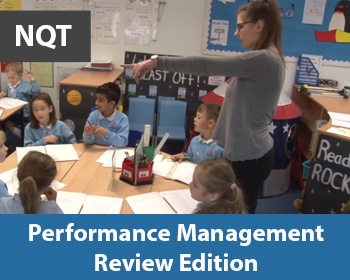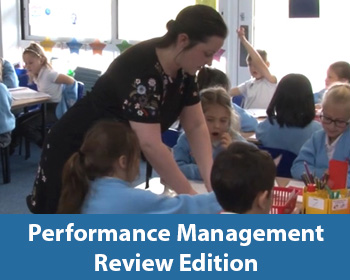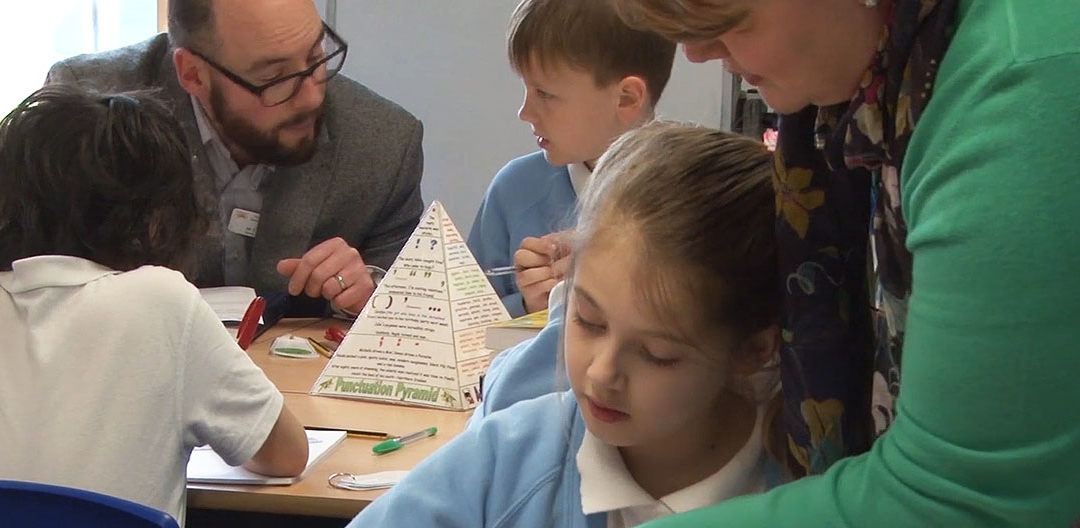Observing a lesson takes more than just looking into the room. It requires a great understanding of the learning environment and a keen eye to pick up on aspects of strong teaching and learning. For those new to lesson observation, it can seem overwhelming. By going into the observation well-prepared, live or filmed, you can ensure that you get the most out of it.
Preparation
Wherever possible, find out the age of students, learning capability, teacher, and lesson subject. This will allow you to know exactly what you are looking for in a class, instead of spending the first few minutes trying to gauge the particulars. Ask the teacher if you might peruse a lesson plan, if available, or slideshow to get your bearings. If you are observing a pre-recorded film, pause the video and note anything obvious (teacher’s address of students, the displays, classroom set up, etc.) before commencing. Be sure that you know exactly why you are there – are you there to observe the general conducting of a lesson, or to focus on specific matters? This will allow you to give clear, uncluttered, and relevant feedback.
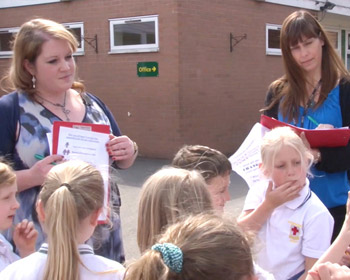
Prioritise
Every class will present its own unique features for observation, but don’t try to tackle them all at once. For example, in a larger class it will be more difficult to observe the individual comprehension of students, so focus on the class’ responsiveness as a whole. Though this does give a generalisation, it will give you a good footing for more in-depth observations later on. Try categorising the larger sections into smaller ones, such as focusing on the retention of girls compared to the boys.
Presentation
If you are observing a live class, your presentation can set the precedent for the rest of the lesson. Approach the teacher amicably and introduce yourself concisely. This helps to relax teaching staff and students alike, as many can find a new presence unnerving or distracting. Be approachable but don’t encroach on the lesson too much. Ask students about their thoughts; what they enjoy the most, what they did the lesson before, what they are doing today. These kinds of questions will give you all you need to know from the students’ perspective. Consider what you will say on leaving the room.
Penning pointers
Take effective and clear notes. Some prefer to note chronologically, whereas others prefer to note in sections (behaviour, retention, application, attitude). The school will probably have their own recording format for you to use. It is paramount that you experiment with note-taking styles until you find one that you can work with. Ask yourself plenty of questions, compile possible suggestions for improvements, and prepare to report back observations. You will inevitably have a partial judgement in certain areas. This is normal, but be aware of it at all times. No two teachers educate in the same way, and not all students respond to the same teaching style.
There are many feedback techniques you could adopt. A popular one is the Sandwich Feedback:
- good things you saw and liked
- the main points you wish to discuss
- a feel-good factor for the teacher
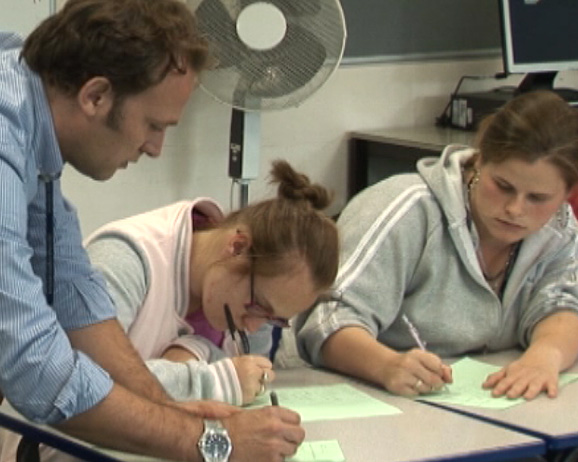

Planning the feedback
As stated above, the way you take notes and present them to the teacher is vital – it says as much about you as it does about them. Always celebrate and highlight good practice in each area of focus. Always engage in a dialogue with the teacher – don’t just talk at them. Try and figure out how they take compliments and criticisms. Some teachers don’t always see the great work that they do, whereas others don’t take negativity well, even if it is a simple improvement suggestion. Whatever feedback method you use, make sure you finish it with a positive note.
The big picture
Remember, you are observing a snapshot of the learning process of a particular class. Don’t be surprised if some students are dismissive or unengaged with a topic. This is important. Always be conscious of your own biases and lack of knowledge in subject areas. Your main focus is to identify possible areas for development – not to reach a summary judgement on a teacher’s teaching style.
More information
All our primary lessons filmed at Seaside Primary School were observed by the headteacher and/or deputy head. These lessons include a video of the appraisal and feedback report. Some of the lessons were taught by NQTs.
These lessons are marked as ‘performance management review sessions’.
